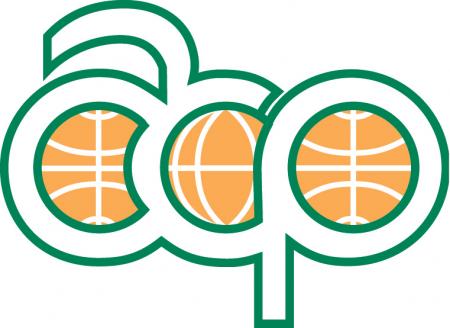Mobilizing Finance for Biodiversity: The Private Finance Sector and the Implementation of National Biodiversity Strategies and Action Plans (NBSAPs)
Nature is the foundation of life on Earth, underpinning the ecosystem services that sustain societies and economies. Yet, its degradation continues at an alarming rate, threatening planetary resilience and human well-being.
The Kunming-Montreal Global Biodiversity Framework (KMGBF) offers a clear mission and vision: put in place the urgent action to halt and reverse nature loss by 2030 and live in harmony with nature by 2050. The challenge now lies in implementation across governments, businesses, and financial institutions alike.






